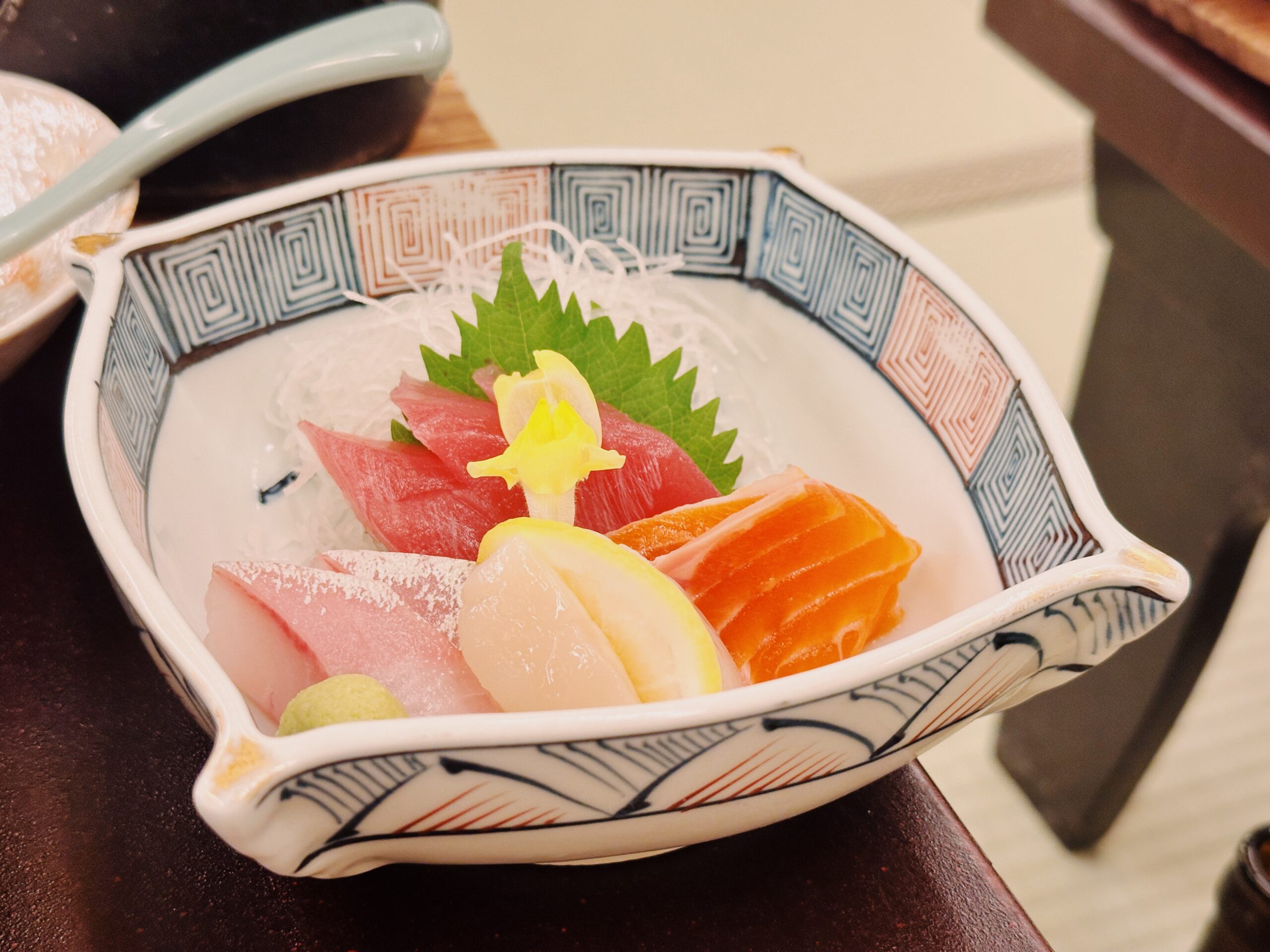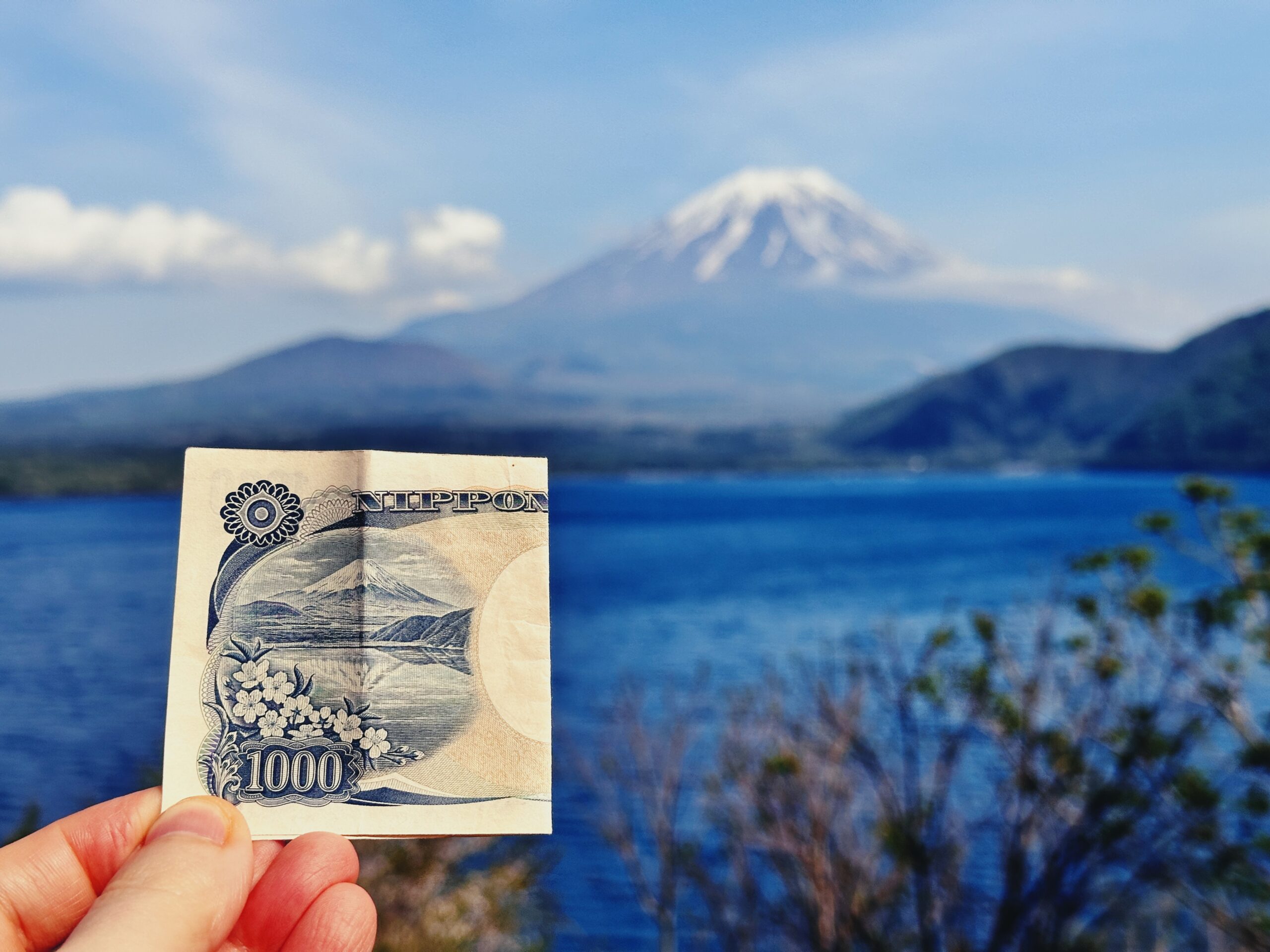Japanese Ramen Restaurant in Narita Airport, Japan
Hakata ramen, also known as tonkotsu ramen, is a regional variant of ramen originating from the Hakata district of Fukuoka, Japan, characterized by its rich, milky pork bone broth and thin, firm noodles.
Here’s a more detailed look at Hakata ramen:
- Origin and Name:Hakata ramen, or tonkotsu ramen, originated in the Hakata district of Fukuoka city in Kyushu. The name “tonkotsu” translates to “pork bones,” referring to the primary ingredient of the broth.
- Broth:The broth is made by boiling pork bones for many hours, resulting in a creamy, white, and rich soup.
- Noodles:Hakata ramen is typically served with thin, straight, and firm noodles.
- Toppings:Common toppings include slices of roasted or braised pork belly (chashu), green onions, and pickled ginger.
- History:Tonkotsu ramen was invented in 1937 by Tokio Miyamoto, a yatai food vendor, in Kurume, Fukuoka Prefecture. The dish was further refined to its milky appearance by Katsumi Sugino when he accidentally overcooked the broth.
- Popularity:Tonkotsu ramen is now so synonymous with Fukuoka that many people there simply call it “Hakata ramen”.
- Variations:While the basic style of Hakata ramen is characterized by thin noodles and a creamy pork bone broth, some shops may offer variations in noodle firmness, toppings, or broth richness.
- Where to Try:Hakata ramen is a popular dish in Japan, and you can find it in many ramen shops, especially in Fukuoka and other parts of Kyushu.
나리타 공항에 또 갔다. 나리타가 가격적으로 메리트가 있는 경우가 많다보니 싫어도 나리타로 가게 되네 ㅋㅋ
내가 쓰는 스레드 (링크)에서의 반응을 보면 나리타에 갈 때는 여행자와 거주자가 조금 갈리는거 같으니 한번 보면 재미있다.
거주자: NEX or Skyliner는 타지 못함.
여행자: NEX or Skyliner를 타는 사람이 많음.
나는 비싸서 NEX or Skyliner는 타지 않는다 (못탄다). (링크)
그렇게 꾸역꾸역 나리타 공항에 도착.
빨리 갔는데도, 시간은 별로 없어서 라면 빨리 먹고 시큐리티에 들어가기로 했다. 일단 시간이 안맞아서 먹고 들어가기로. 국내선이고 저가항공이기 때문에 기내식은 없다.
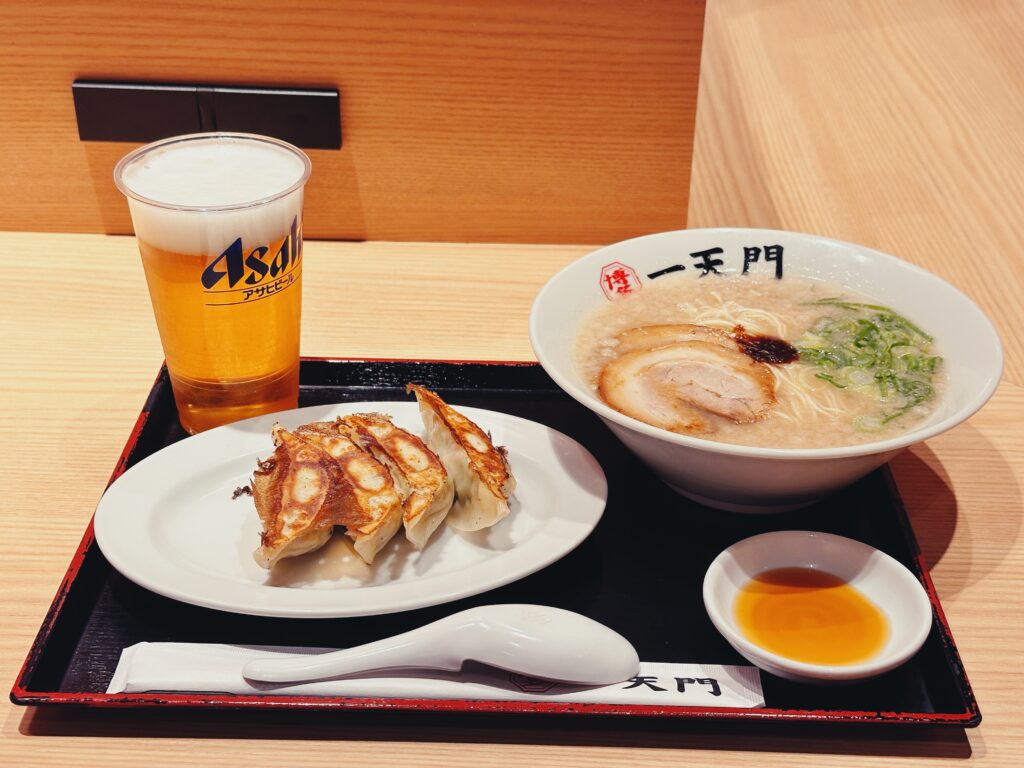
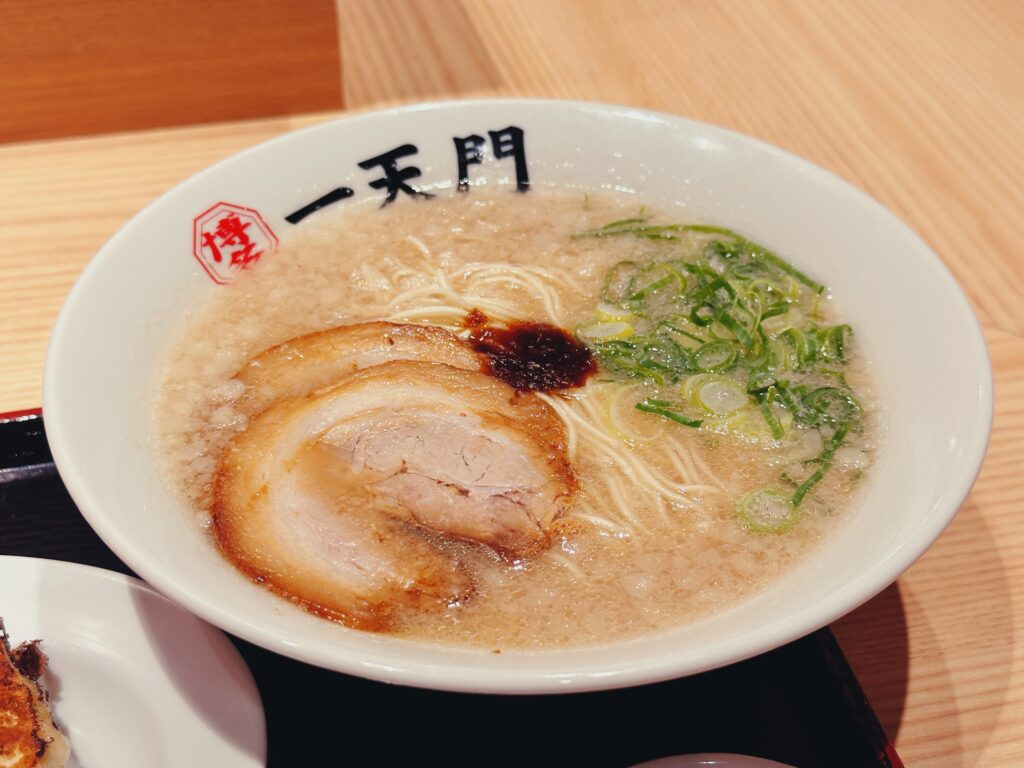
하카타 라멘이었는데, 톤코츠라면으로 맛은 좋았다.
Shin-Chitose Airport in Hokkaido, Japan


얼마전에 홋카이도에 눈이 내렸다고 했는데, 눈이 많은 상태였다.
A Cafe of Hokkaido, Japan
The shimaenaga, also known as the Hokkaido long-tailed tit or “snow fairy,” is a small, fluffy, white bird, a subspecies of the long-tailed tit, native to Hokkaido, Japan.

Here’s a more detailed look:
- Appearance: They are known for their fluffy, white feathers, round eyes, and small beaks.
- Size: They are among the smallest birds in Japan, with a length of about 14 centimeters, including their long tail.
- Habitat: They are found in forests, mountains, and parks, particularly in Hokkaido.
- Diet: Their diet consists mainly of insects and tree sap.
- Other names: They are also called “snow fairies” because of their adorable appearance.
- Behavior: In winter, they puff out their feathers to stay warm.
- Scientific Name: Aegithalos caudatus japonicus
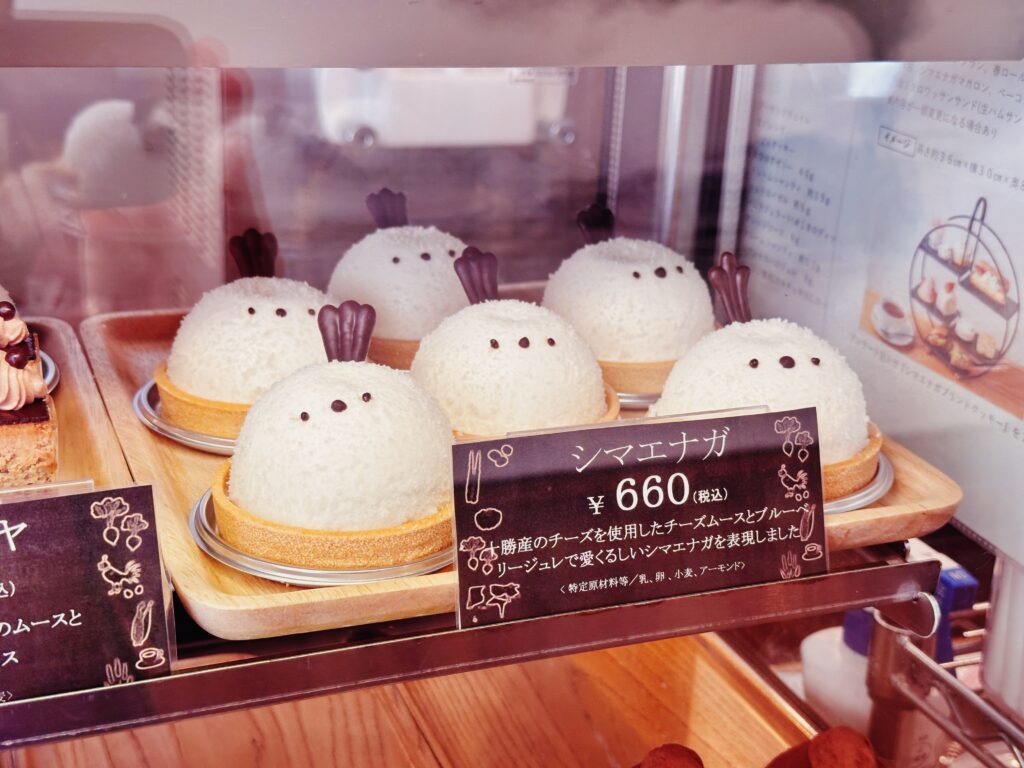
맛 자체는 안쪽에 크림, 체리맛이 나는 잼 비슷한 것이 들어간 크림케이크에 가까웠다. 밑에 있는 크래커가 위쪽의 크림과 잼을 가지고 있는 느낌.


Japanese Unagi in Hokkaido, Japan
“Unagi” (うなぎ) refers to Japanese freshwater eel, particularly the Anguilla japonica species, commonly grilled and glazed with a savory sauce, and often served over rice as “unagi don” or “unaju”.
Here’s a more detailed look at unagi:
What is Unagi?
- Type of Eel: Unagi specifically refers to freshwater eel, not saltwater eel (which is called “anago” in Japanese).
- Species: The most common type of unagi is the Japanese eel, Anguilla japonica.
- Flavor and Texture: Unagi is known for its rich, fatty flavor and firm, but tender flesh.
- Preparation: It’s typically grilled over charcoal, a method known as “kabayaki,” and then basted with a savory, sweet sauce.
- Popular Dishes:
- Unagi Don (うな丼): Grilled eel served over a bowl of rice.
- Unaju (うな重): Similar to unagi don, but served in a box with a lid.
- Nigiri: A slice of grilled and glazed eel placed atop a small bed of sushi rice.
- Season: While enjoyed year-round, unagi is particularly popular during the summer months, as it’s believed to boost stamina and help with heat tolerance.
Why is Unagi Popular?
- Nutritional Value:Unagi is rich in vitamins, particularly A and B, which are beneficial for maintaining healthy mucous membranes and recovering from exhaustion.
- Cultural Significance:Unagi holds a special place in Japanese cuisine and culture, with traditions like eating it on the Day of the Ox (Doyo no Ushi no Hi) to ward off summer fatigue.
- Deliciousness:The combination of the rich, fatty eel, the savory sauce, and the fluffy rice makes unagi a truly satisfying dish.
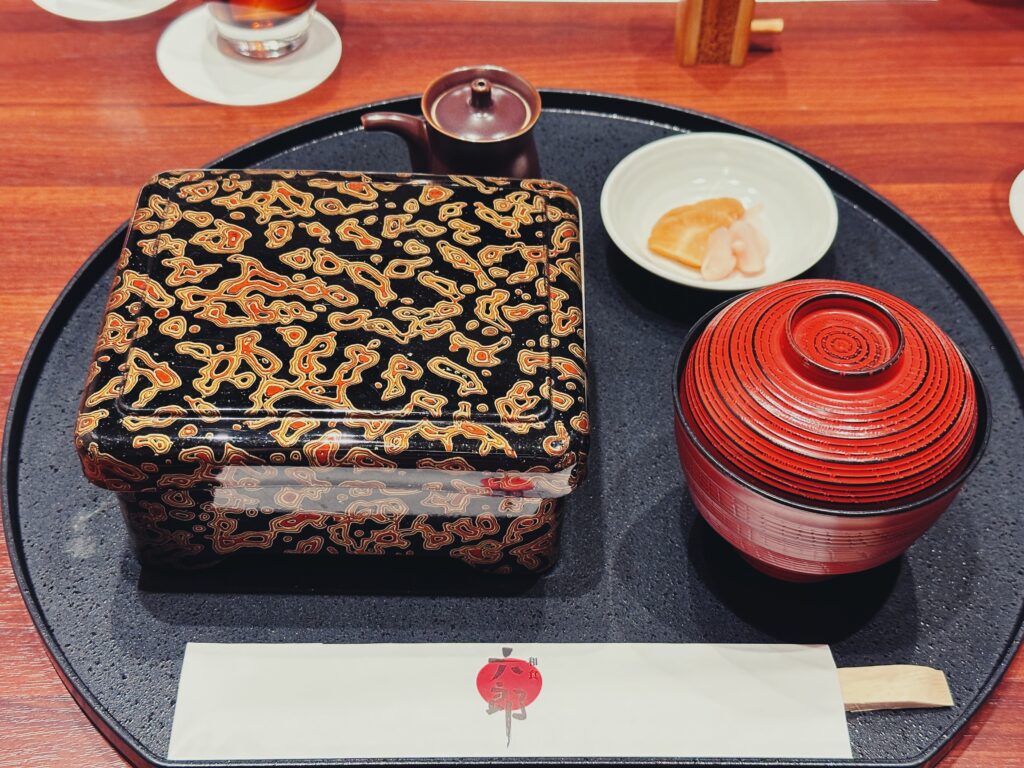
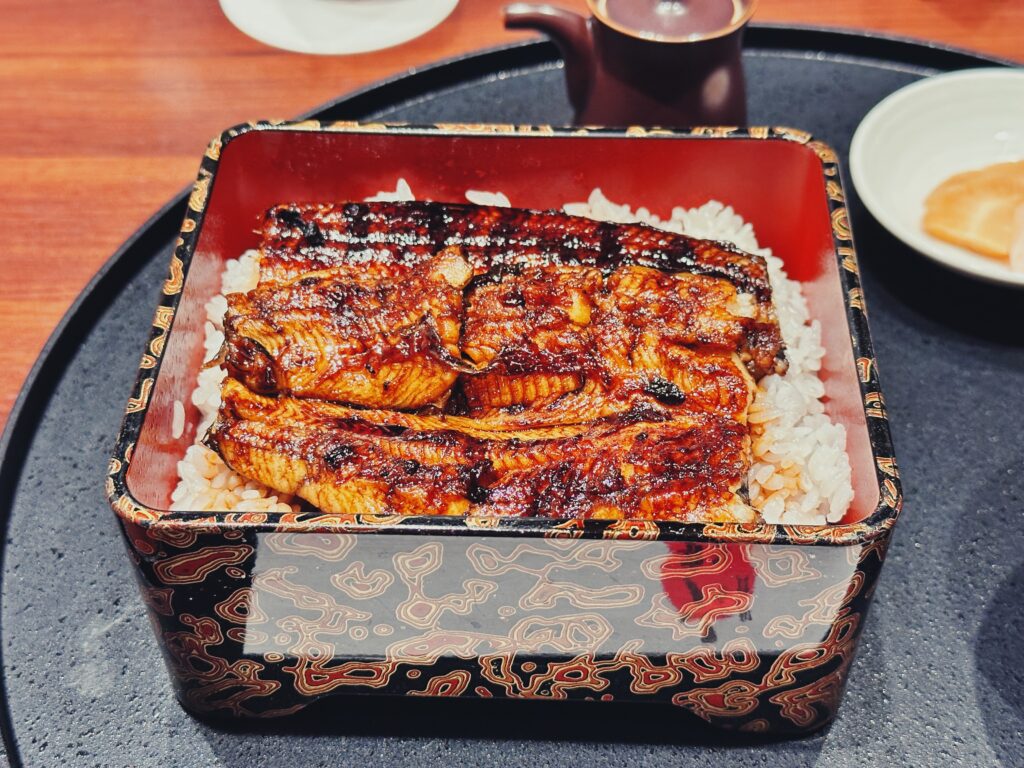






![[미국영주권] 처음 밟은 미국 땅](https://inter-style.net/wp-content/uploads/2025/08/20250821_181022018_iOS-1-113x150.jpg)

![[미국이직] 한국, 일본에서 미국으로 제약회사/바이오테크로 이직하기_4](https://inter-style.net/wp-content/uploads/2025/06/스크린샷-2025-06-29-064432-150x128.png)
